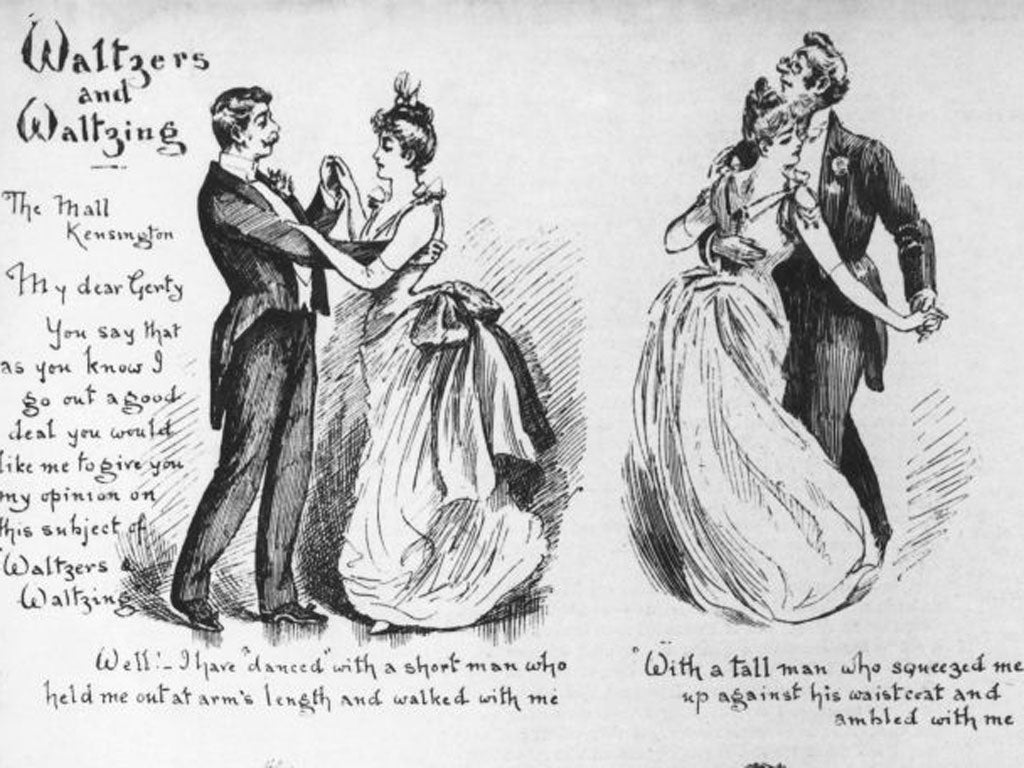Debroah Bull's Dance Nation, Radio 4, Monday-Friday / The Essay: The Piano in Five Pieces, Radio 3, Monday-Friday

It's possible that Sid Vicious invented pogoing. He certainly went into great technical detail about its genesis. "Like, just, boing-boing-boing-boing," he explained on a bit of archive tape. "Like, just, land on them and smash them into the floor." Thank you, Professor Vicious.
He was contributing posthumously to Deborah Bull's Dance Nation, an entertaining five-part examination of the history of dance in Britain. He was in Friday's instalment, which chronicled dance's role as a national morale-booster. Never had dance been so vital to British spirits as during the Second World War, and Bull explored the plethora of novelty dances that sprang up: the Siegfried Line Dance, the Blackout Stroll, the Gas Mask Dance. And if pogoing outraged some, it was only emulating the waltz, as Bull discovered on Tuesday, when she examined dance and courtship. With the waltz there was all that spinning (believed to make you go mad), not to mention the holding by the waist, and when it came to Britain in 1815, an import from decadent Vienna, one newspaper fulminated about "this indecent foreign dance … once confined to prostitutes and adulteresses".
There was another good five-parter, as the ever-excellent The Essay weighed in with The Piano in Five Pieces. On Tuesday, writer and critic Stuart Isacoff was particularly interesting in his division of piano players and composers into which aspect of the instrument they respond to: the rhythmatisers, who build on the percussive "pop" as hammer hits strings; the melodists, who shape the instrument's tones; the alchemists, who explore "the harmonic chemistry of musical vibrations" – which technically, he explains, is to do with the undulations arising from the strings being microscopically out of tune with each other; and the combustibles, who exploit the sheer dynamic extremes of the piano – as he says, "from a whisper to a shout at the touch of a finger".
I felt as I sometimes do with classical music critics – getting what they're saying, while incapable of hearing it for myself. But such was Isacoff's articulacy that I feel certain I'll be listening to my next piece of piano music with new ears.
Subscribe to Independent Premium to bookmark this article
Want to bookmark your favourite articles and stories to read or reference later? Start your Independent Premium subscription today.

Join our commenting forum
Join thought-provoking conversations, follow other Independent readers and see their replies